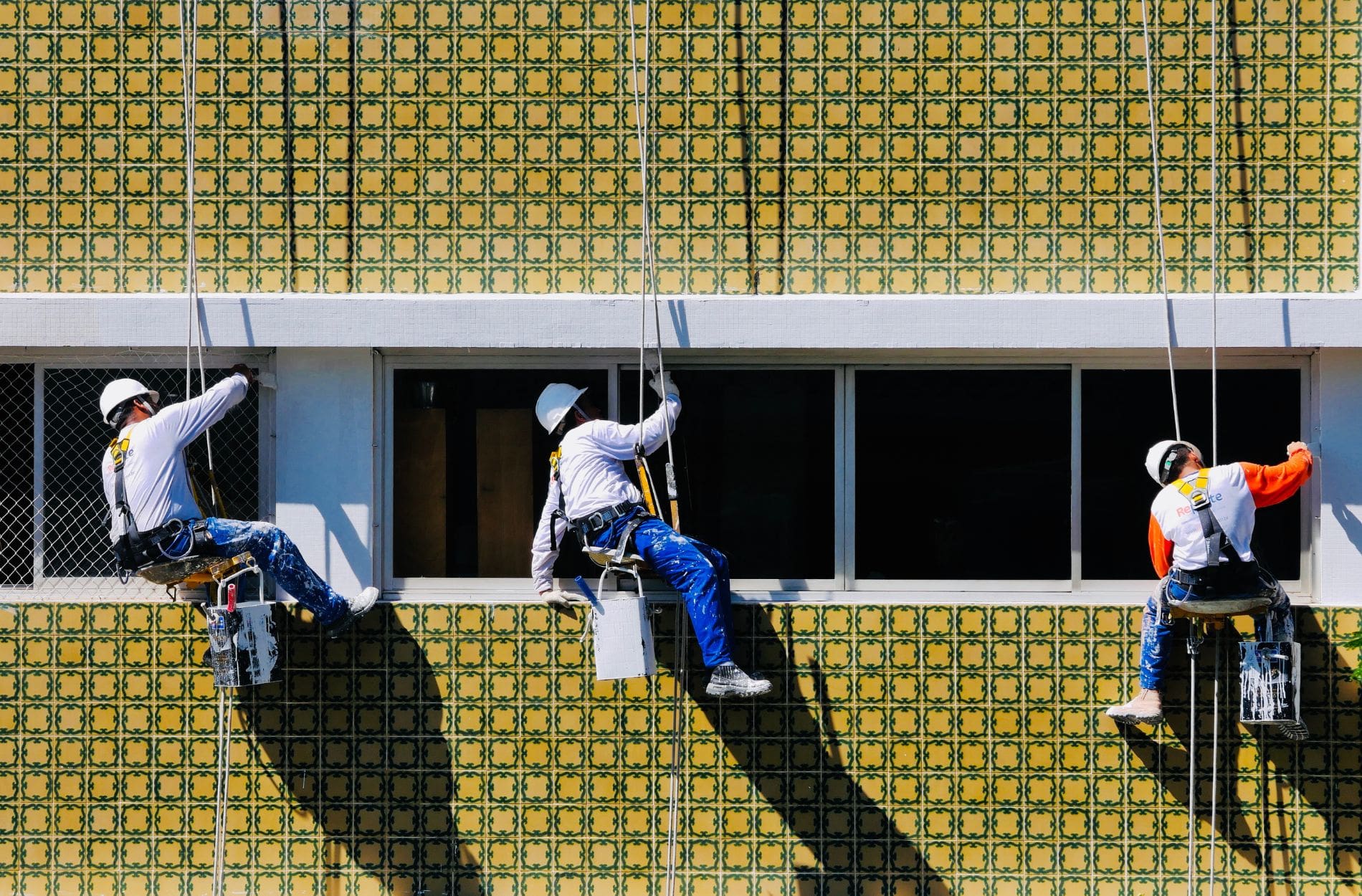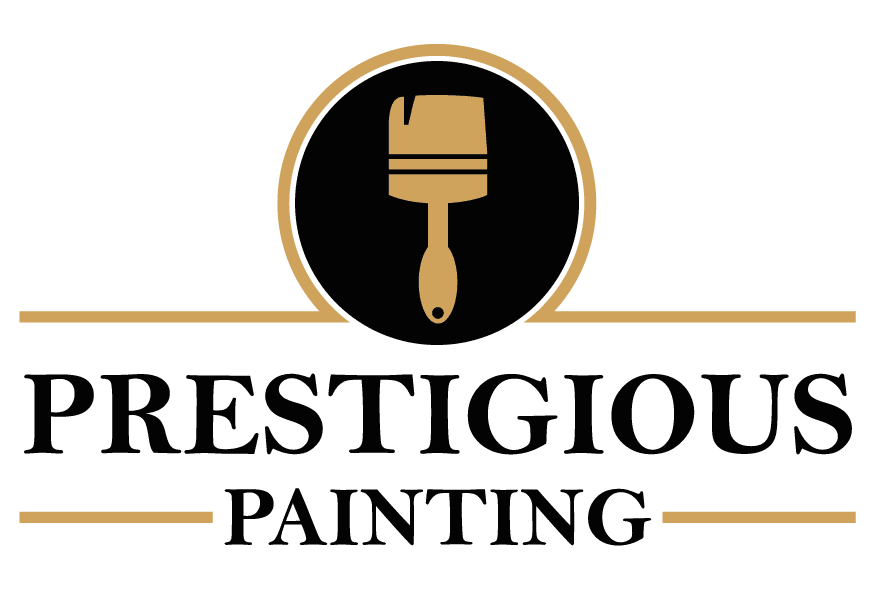Common Challenges with Commercial Painting Projects: A Guide

Commercial painting projects present unique challenges that can affect timelines, budgets, and overall outcomes. Unlike residential painting, these projects must consider the scale and complexity of businesses, requiring meticulous planning and execution. Projects need to accommodate the day-to-day operations of businesses to minimize disruptions, making coordination an essential factor.
Preparing surfaces properly and choosing the right materials are also crucial to a successful paint job. Ensuring that surfaces are smooth and ready can prevent delays and additional costs from unexpected issues. Furthermore, selecting durable and appropriate materials affects the longevity and look of the painted surfaces.
Lastly, maintaining strict adherence to safety standards and regulatory compliance is vital in commercial settings. Understanding and following local guidelines ensures safety for workers and minimizes legal risks. These aspects of commercial painting require careful consideration to ensure projects run smoothly and efficiently.
Coordinating Schedules and Minimizing Disruptions
One of the main challenges in commercial painting projects is coordinating schedules without interfering with daily business operations. Businesses cannot afford extensive downtime, so painting must be planned to minimize interruptions. The need for operations to continue smoothly means that painting often takes place after hours or during weekends, which requires flexibility and detailed scheduling from the painting team.
Effective strategies can help reduce disruptions. For starters, clear communication with all stakeholders involved in the project is crucial. Understanding the business’s peak times and planning around them ensures that painting does not interfere with busy periods. Another useful strategy is implementing a phased approach. By dividing the painting project into sections, a business can remain operational in areas not currently under renovation.
Additionally, using low-odor and quick-dry paints can help minimize the disruption caused by paint fumes, allowing spaces to be used sooner. Planning for these factors in advance can ensure a seamless painting process that respects the client’s operational needs and results in a successful project outcome.
Surface Preparation and Unexpected Issues
Surface preparation stands as a critical step in commercial painting projects, setting the foundation for a durable and attractive finish. Poorly prepared surfaces can lead to paint failures, resulting in cracking or peeling. This makes thorough cleaning, repair, and priming essential before applying any paint. Ensuring the surface is clean, dry, and free from defects contributes significantly to the longevity and appearance of the paint job.
However, even with meticulous preparation, unexpected issues can arise. These can include discovering structural problems like water damage, mold, or uneven surfaces that need addressing before painting can begin. Having a plan in place to tackle such issues can prevent delays and additional costs.
Identifying issues early through careful inspection can save time and resources. It’s also important to have contingency plans and budgets for unforeseen challenges. Addressing these issues promptly and effectively ensures the project stays on track and results in a high-quality finish. Being prepared to tackle these unexpected challenges helps to enhance project efficiencies and maintain timelines.
Choosing the Right Materials for the Job
Selecting the appropriate materials is a vital step in any commercial painting project. The right choice ensures both aesthetic appeal and durability, which can impact maintenance costs over time. Several factors should guide material selection: the type of building surface, exposure to elements, color scheme preference, and environmental impact.
When evaluating paint options, consider:
- Durability: High-traffic areas require paints that can withstand frequent use and cleaning without showing wear.
- Weather Resistance: Exterior paints need to resist elements like UV rays, rain, and humidity to prevent fading and deterioration.
- Color Retention: A paint that maintains its hue over time offers better value and requires fewer touch-ups.
- Eco-Friendliness: Low-VOC paints are ideal for reducing harmful emissions inside and outside the building.
- Finish Type: Glossy finishes are easy to clean, while matte finishes can hide surface imperfections.
By carefully weighing these factors, you can ensure a successful and cost-effective painting project that stands the test of time.
Managing Safety and Compliance
Safety is a critical concern in commercial painting projects, protecting both workers and building occupants. Ensuring a safe work site involves using appropriate safety gear, like helmets, gloves, and harnesses, and maintaining a clean, organized space to prevent accidents.
Compliance with local regulations and standards is also crucial. These may include environmental guidelines, workplace safety laws, and building codes. Staying informed about these regulations and ensuring adherence not only protects the business from legal issues but also promotes a safe environment for employees and contractors.
It’s essential to conduct regular training sessions to educate the crew on safety protocols and emergency procedures. Regular inspections of tools and equipment are important to ensure they are in good working condition. Such vigilance creates a secure atmosphere and fosters seamless project execution without incidents.
Conclusion
Navigating the challenges of commercial painting projects requires careful planning and knowledgeable execution. From scheduling around business operations to tackling surface preparation issues, every step has its unique hurdles. Selecting the right materials and ensuring safety practices are in place are paramount for project success.
By addressing these elements thoughtfully, commercial painting can enhance a business’s aesthetic and structural integrity. The finished project not only makes an impressive visual impact but also ensures long-lasting results.
To achieve these outcomes with expertise and efficiency, consider enlisting the services of Prestigious Painting. Our team is dedicated to delivering high-quality, professional painting services tailored to your business’s needs. Let us help you transform your commercial space into something exceptional with our comprehensive solutions.

